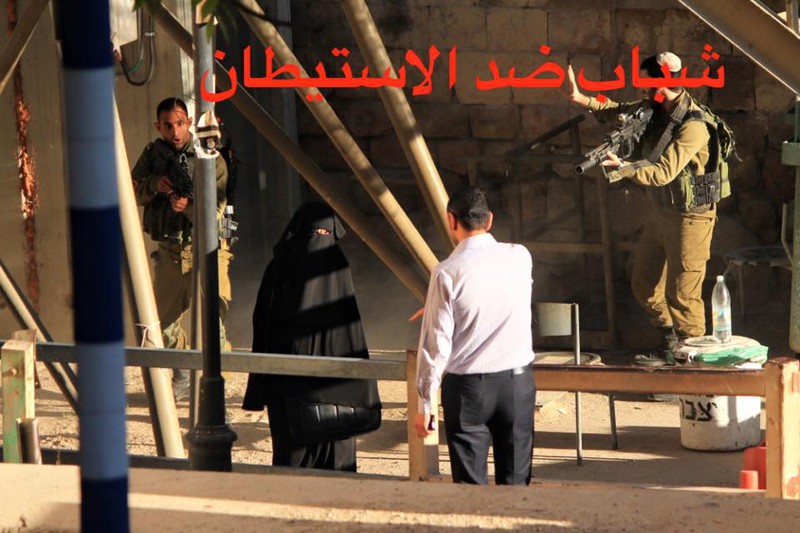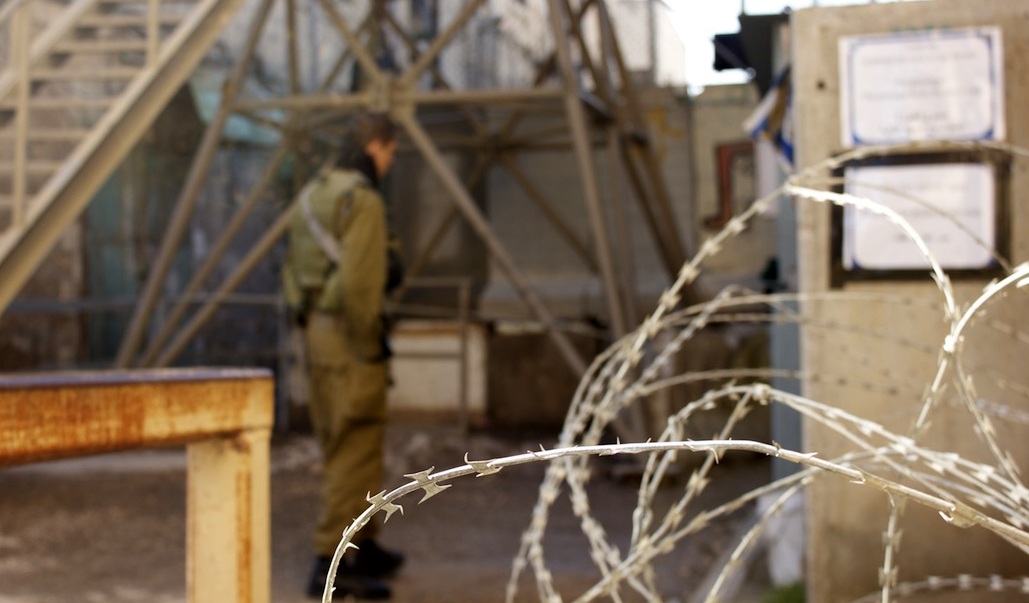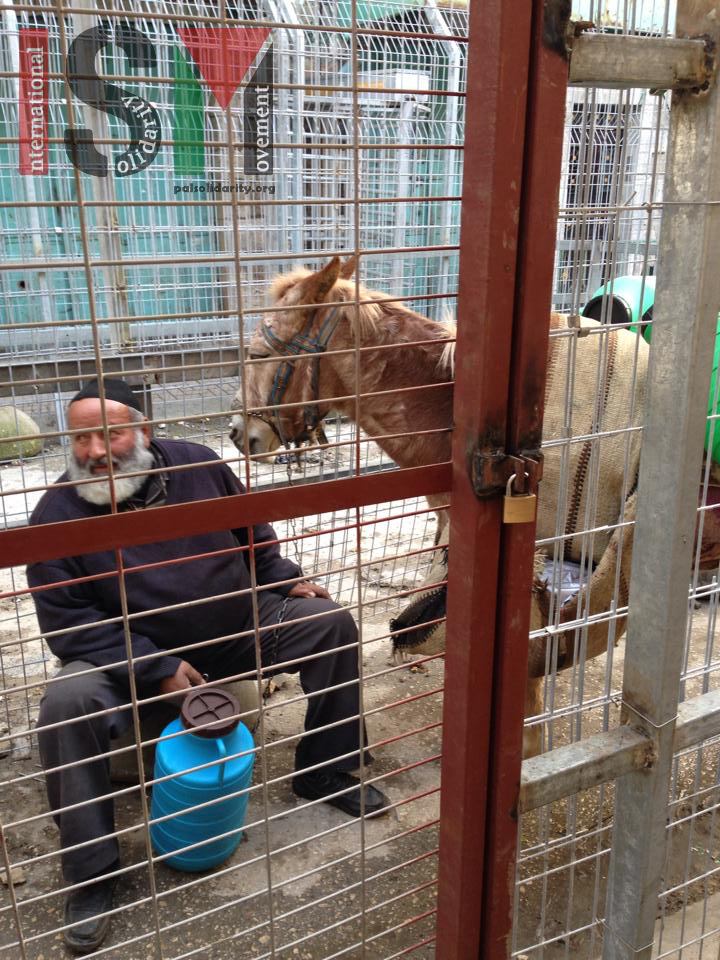Tag: Checkpoint
-
Israeli Forces Murder Female Student at Shuhada Street Checkpoint: “They could have arrested her so easily but they didn´t.”
22nd September 2015 | International Solidarity Movement, Al-Khalil team | Hebron, occupied Palestine A Witness Recounts the Final Moments of 18-year-old Hadil Salah Hashlamoun’s Life. This morning in the Tel Rumeida section of al-Khalil (Hebron) the sound of multiple rounds of live ammunition screamed out from the Shuhada Street checkpoint 56. Standing at the checkpoint…
-
Photo Story: A checkpoint in Hebron
14th January 2015 | International Solidarity Movement, Khalil team | Hebron, Occupied Palestine Checkpoints are numerous and inescapable in the H2 area of al-Khalil (Hebron), where thousands of soldiers guard around 600 Israeli zionist settlers occupying heavily militarised settlement enclaves in the heart of the most populous Palestinian city in the West Bank. The Israeli military imposes…
-
VIDEO: No donkeys allowed
17th December 2014 | International Solidarity Movement, Khalil team | Hebron, Occupied Palestine Mohammad Saleh, a sixty-six-year-old Palestinian resident of Tel Rumeida, al-Khalil (Hebron), waited with his mule outside Shuhada checkpoint for nine hours over the course of two days. He spent four hours waiting before being allowed through on Monday (15/12/14) evening. He then spent five…



